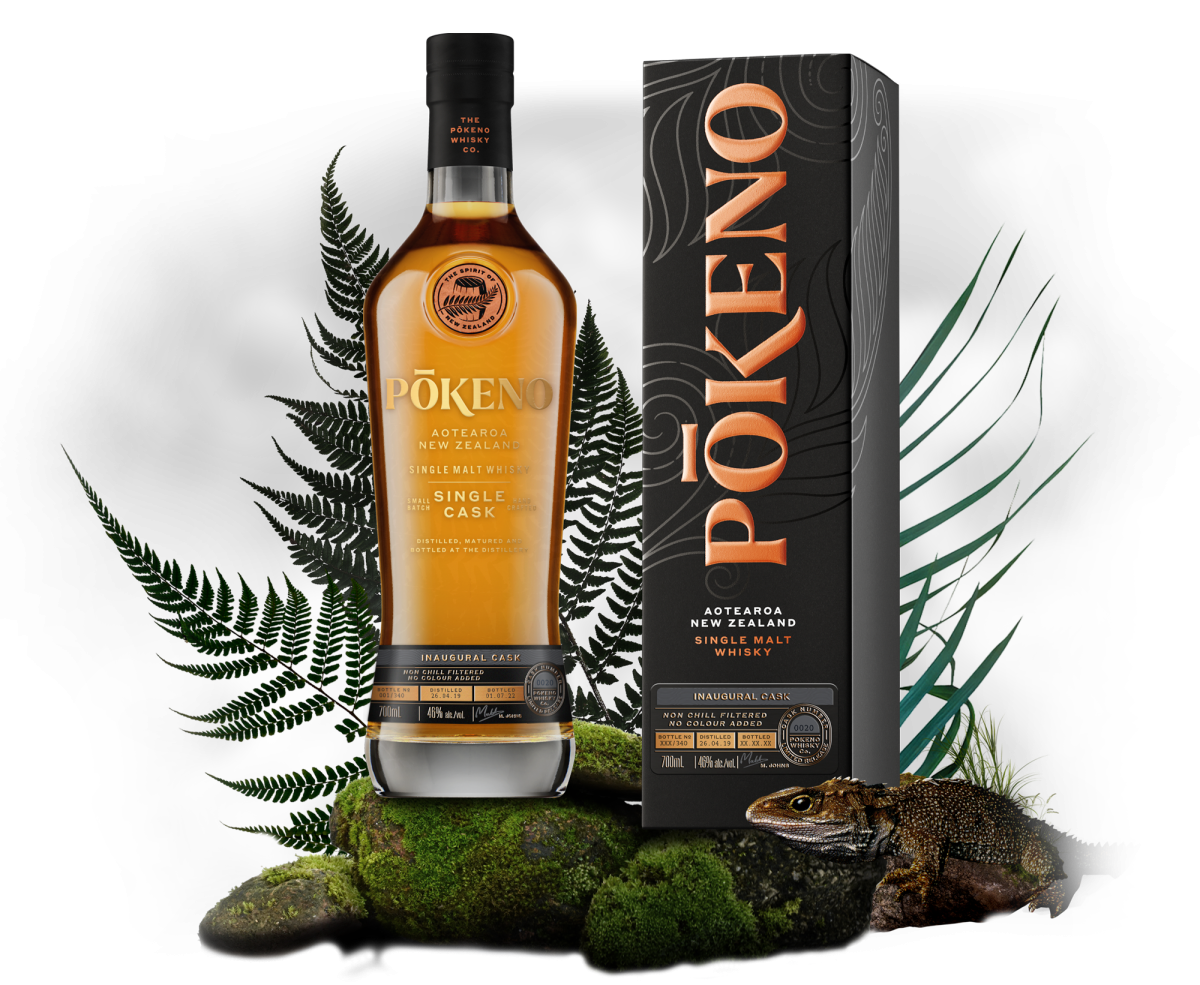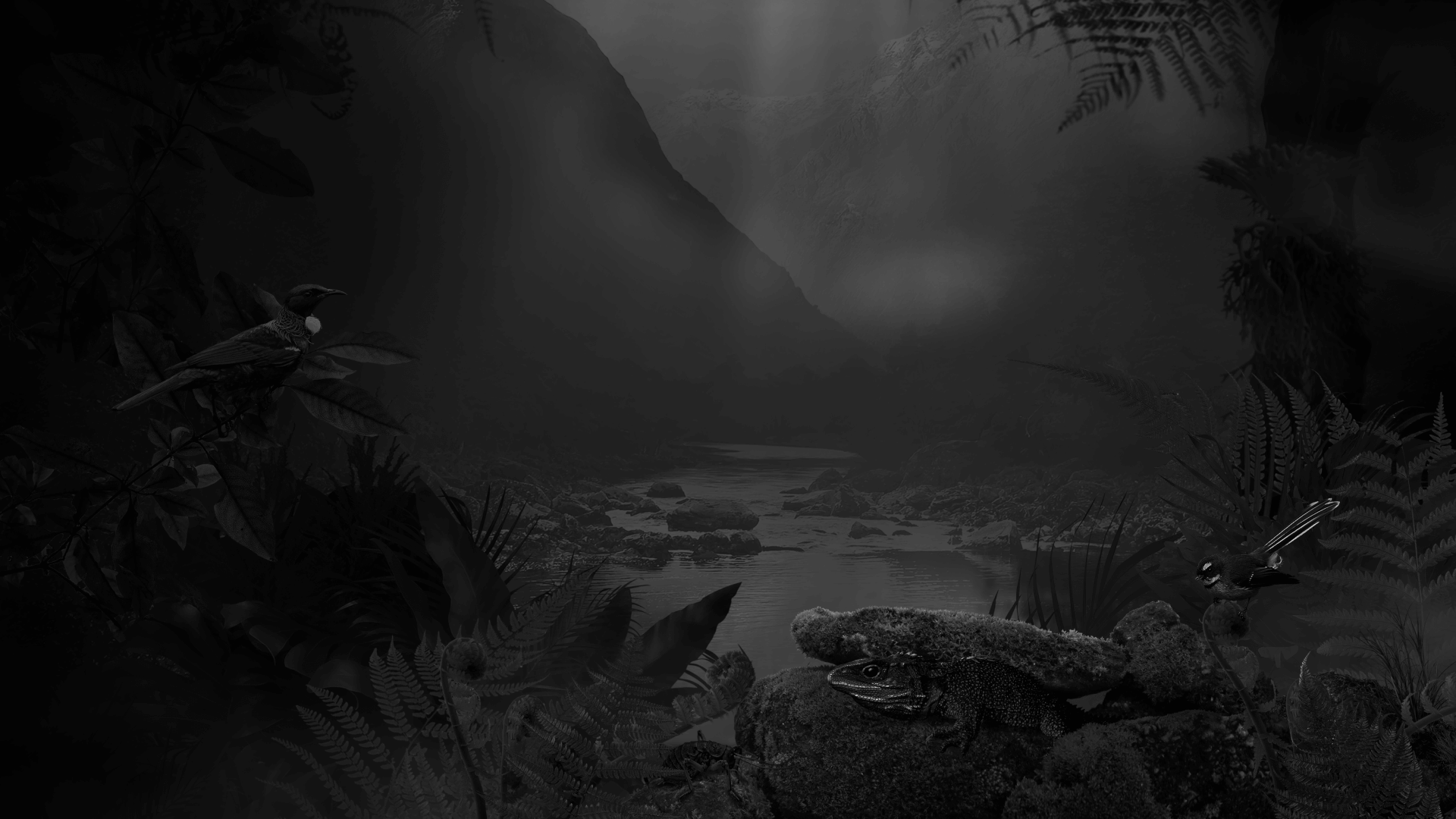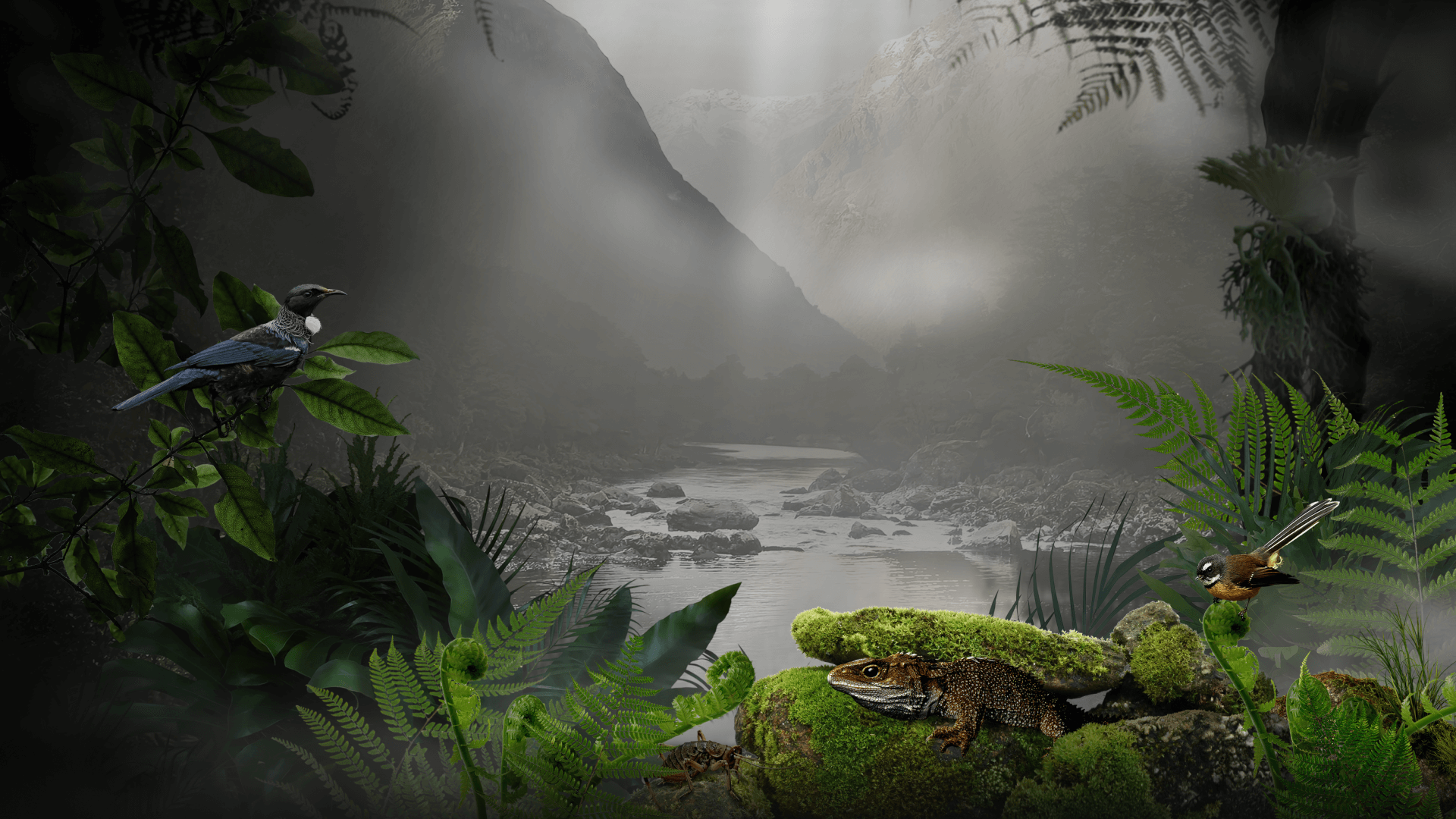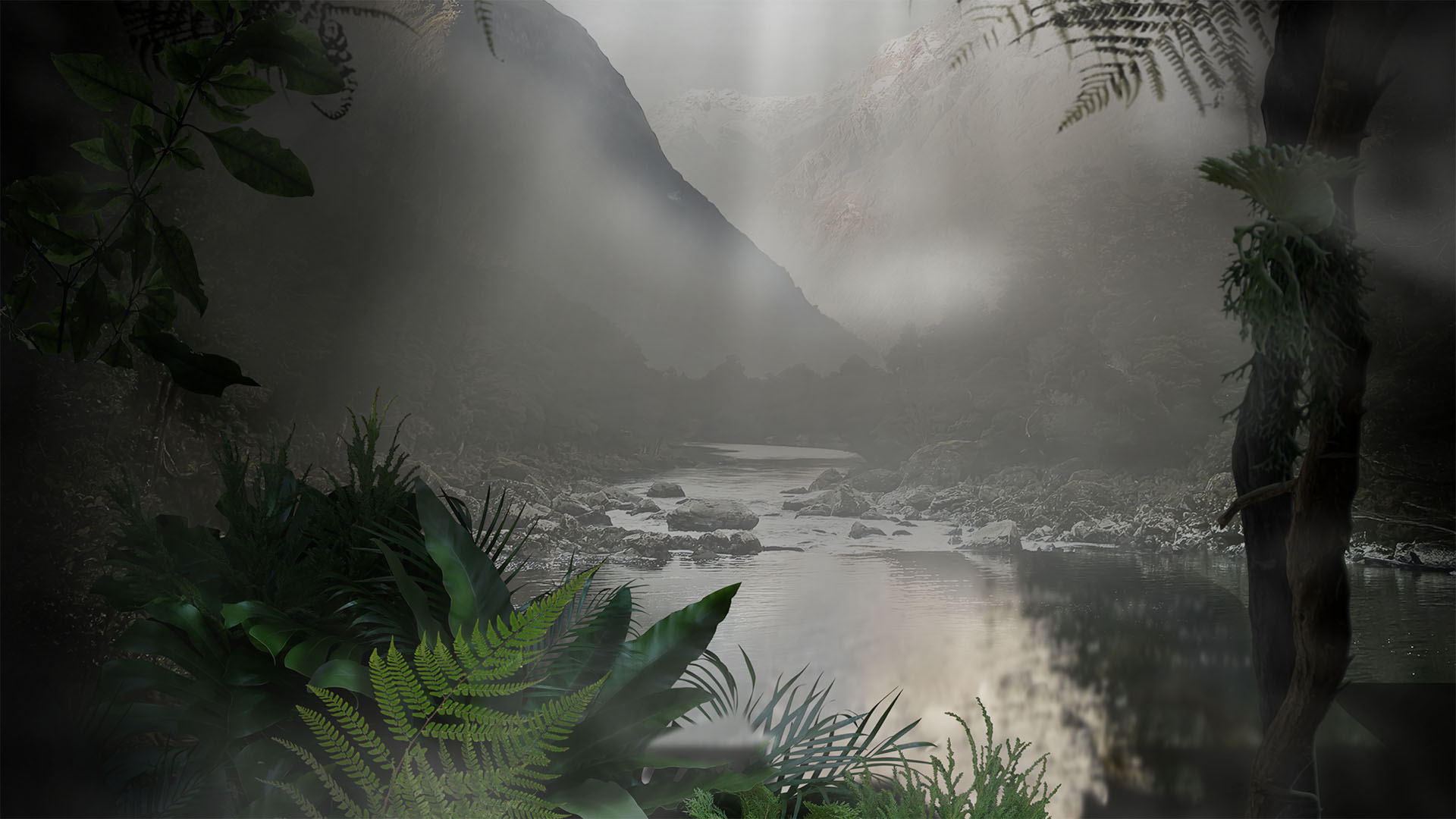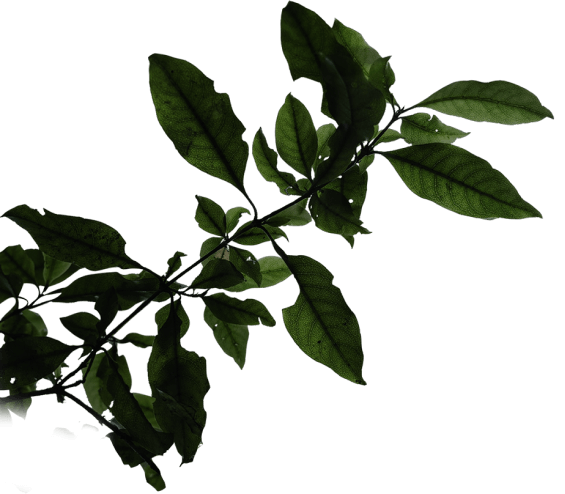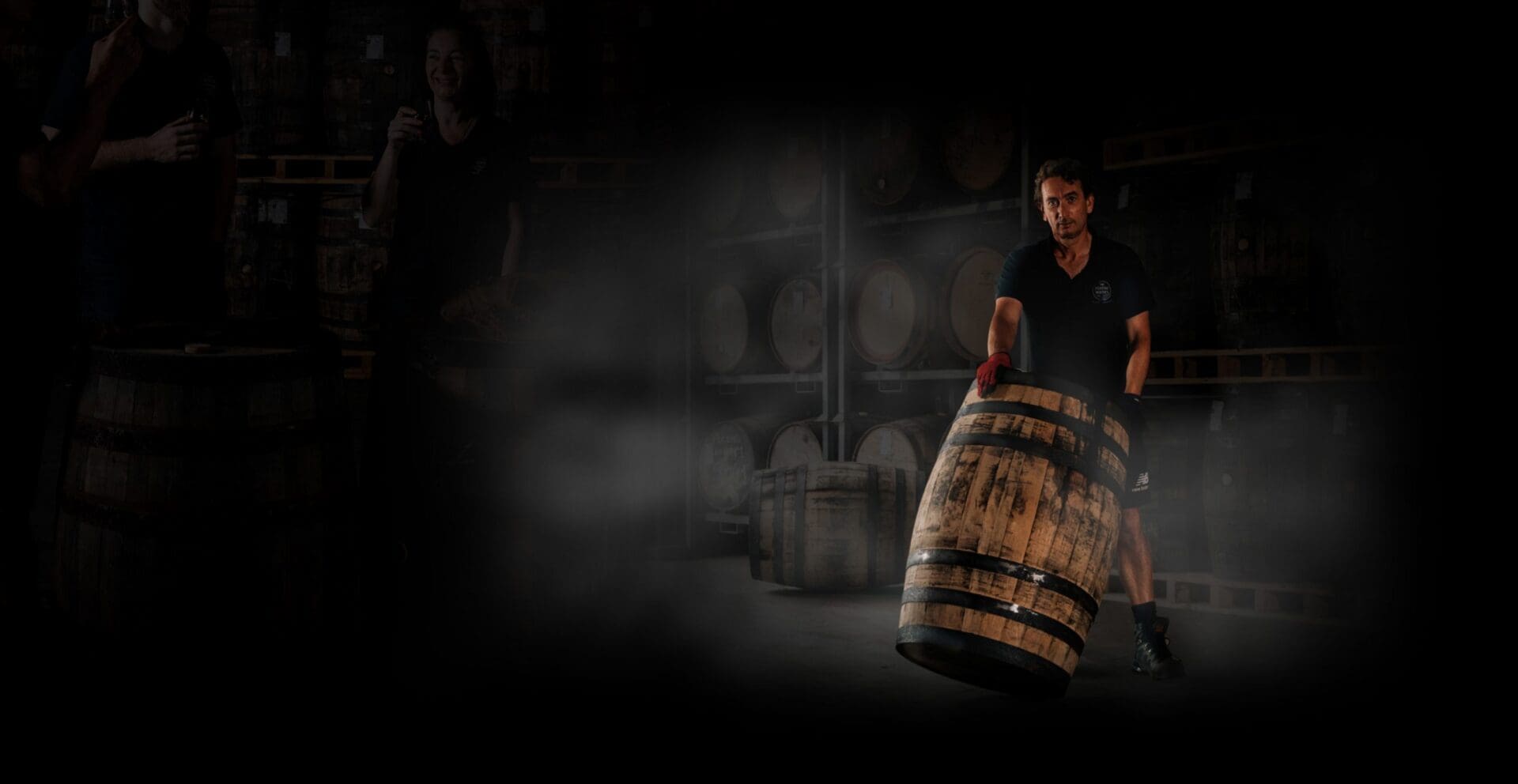Your cart is currently empty!
As a whisky consumer, you may be familiar with the descriptors New World and Old World but do you know what they really mean? The answer is actually not quite as obvious as you may think.
New World whisky is most often used to describe whisky that’s not been distilled in Scotland, Ireland, Canada, the USA or Japan; or a whisky which is made in a way not normally associated with that country of origin.
When we think of Old World whisky, we immediately think of Scotland in terms of single malt; the USA for bourbon and rye; and both Scotland and Ireland for blended whisky. Japan is an interesting one, as single malt has been distilled there from the 1920s, generally following Scottish distillation methods, but didn’t really explode onto the international scene until the start of this century. Therefore, there’s some debate as to whether Japanese whisky should be classified as New or Old World.
In the USA, production of bourbon and rye has been around since the 18th century, whereas American single malt only really appeared on the scene during the 1990s. So while American bourbon and rye is Old World, American single malt belongs firmly to the New, particularly given the innovative approaches of some of the distilleries there.
Irish and Scottish blended whiskey is evidently Old World, with the Celts still arguing over who was the first to distil whisk(e)y. Irish single malt burst onto the scene quite recently with the development of the craft distilling industry there. However, as Irish single malt has always been distilled as a component of their blended whiskey, we should probably still consider it Old World.
Canadian whiskey is mostly blended whiskey made from different grains. However, Canadian single malt whiskey only developed into its own niche since the start of this century, which is why when defining by category we are pretty safe in saying that Canadian single malt is a New World whisk(e)y.
We are on easier and safer ground though when talking about the countries that have emerged as New World whisky producers, uncomplicated by history. It would take too long to list all of the single malt producing nations, however the most well-known – at least in terms of their global distribution – would be Taiwan, Australia and India. Scandinavian countries are starting to make a name for themselves, as is South and Central America. There is also rapid growth in the number of new single malt distilleries in both England and France.
To this list, we can also add Israel and, of course, our own New Zealand, with an increasing number of distilleries being built and some fantastic single malt being distilled here. Here at Pōkeno, we are doing our bit to put Aotearoa on the map as a single malt producing nation, now exporting to 14 countries, with more in the pipeline.
For us, one of the most interesting things about New World whisky is the difference and variance in flavour profiles. This is in no means a criticism of Old World whisky, which will continue to lead the way globally for the wider category. However, whether it be through the use of different barleys or yeasts; experimentation with longer fermentations or different styles of distillation; accelerated maturation in subtropical countries; or simply because in small craft distilleries, everything is done more slowly, we are seeing an exceptional variety of New World single malts, each with their own character. This can only be good for the consumer and the industry as a whole.
